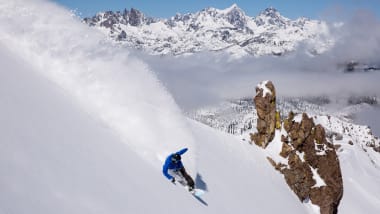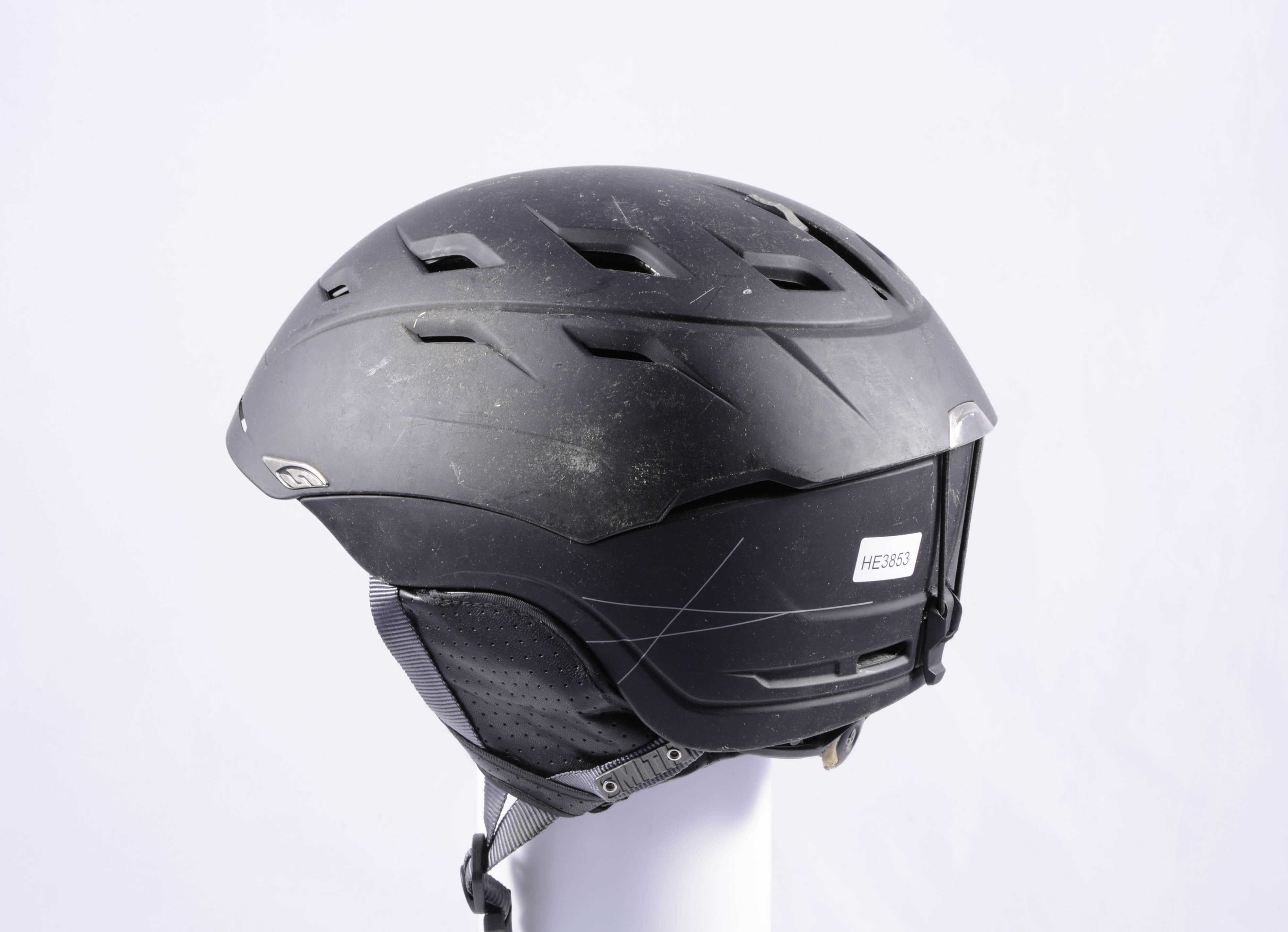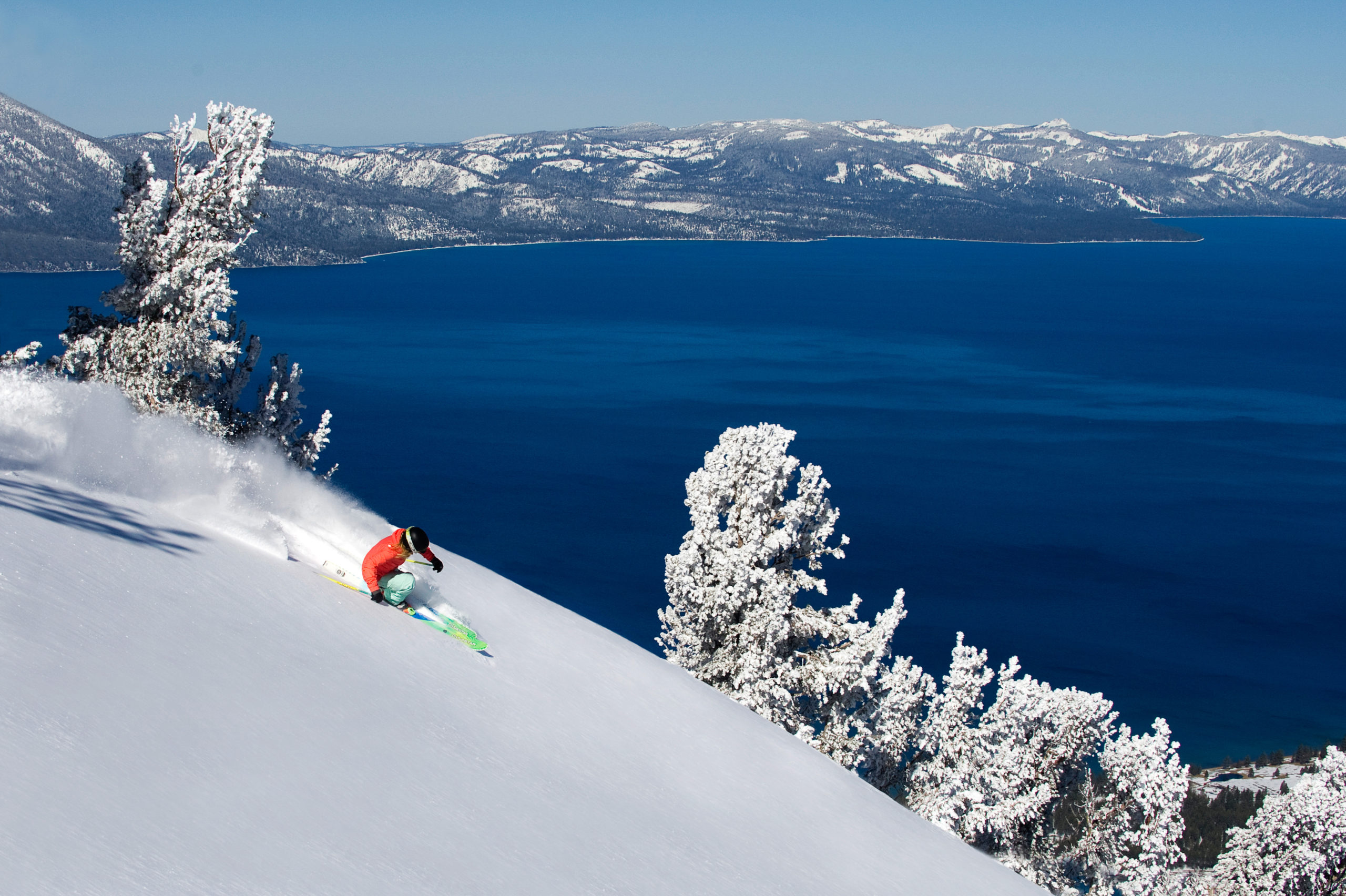
When you're enjoying winter sports, a pair of ski trousers can make all the difference. They protect you from the elements and keep you warm and dry outside.
You will have to decide what type of skiing pants you prefer based on your preference, fitness level and weather conditions. But there are a few things you should know about the different types of ski pants before making your purchase:
Insulated Pants (or Snow Pants) for Beginners
To keep you warm and comfortable when skiing for the first time, you will need an insulated pair or ski pants. These insulated pants are also more durable and can handle more wear and tear than non-insulated ones.
The insulated liner of this type of pants is typically made from synthetic insulation. These synthetic liners can be lightweight, durable, and warm. To keep warm on colder days, they can be used in combination with base layers.

While they are typically more expensive than non-insulated trousers, they are a smart investment for skiers who need a high-quality product.
These insulated ski trousers have an integrated liner made from synthetic fabric. It can be worn with an insulating layer underneath to keep you warm while skiing. These pants are lightweight and slim fitting for a fashionable look.
Some ski pants come with an integrated beacon pocket. This allows for the safe storage of an avalanche transceiver. This feature is very popular with backcountry skiers.
Softshell pants for Spring & Fair Weather Touring
If you are traveling in fair weather and want to be able to work harder without overheating, softshell pants are the way to go. This is especially true for touring skiers who are navigating steep, challenging terrain and need a pant that will keep them from overheating while working up a sweat.
For the most part, they're not quite as breathable as shell pants, but many of them are designed with venting that can be opened to dump heat. These pants are great for resort touring and ski-mapping, but they can be uncomfortable on backcountry tours where you may need to sweat.

Backcountry Touring in the Backcountry
Because bibs offer greater mobility and flexibility than pants, they are a great option if you plan to spend a lot of time in the backcountry. They can move with you when you bend down or can fit around your boot to help you pack.
They can also be more breathable than pants, and they're a better choice for those who plan to be hiking uphill and sweating a lot.
FAQ
What is the first thing you should do upon arriving at your travel destination
It is a good idea to have a plan for when you get to a destination. This will help you plan what to do and where to go next.
It is important to plan ahead so you don't forget anything.
If you plan to spend more than one day in a given city, it is important to research the museums, parks and landmarks that you would like to see.
Also, you may want to look into getting a map of the area and reading up on the region's history.
How can I make travel more enjoyable?
Traveling is not about just getting from point A and B. It should not be about just getting from point A to B.
So, we created the app "Traveler", that helps you plan your trip using itineraries that are based on what interests you.
We are working on additional features like booking hotels and flights, renting cars, etc.
The goal of this project was to create an easy travel planning tool for those who want to explore more while they're on the road.
How do you travel light?
There is no right or wrong way to pack for a trip. These are some suggestions to help you pick the right items to take on your trip.
-
Only bring what is necessary.
-
You should only pack what you actually wear.
-
Don't overload yourself with too many items.
-
Take enough room in your suitcase
-
Double-check everything that you have packed.
-
Get free storage
-
Use reusable water bottles instead of buying bottled water.
-
Use a backpack to carry your stuff instead of a bag.
-
When possible, walk or cycle instead of taking public transport.
-
Pick the right size bag
-
Avoid carrying bulky items.
-
Be prepared for all eventualities
-
You can't leave any trace.
Are there any cheap accommodations available for travelers who are traveling abroad?
Cheap accommodation options for travelers include hostels, hotels, guest houses, and bed & breakfasts.
Hostels can be affordable and have dorm-style rooms that guests share with their bathrooms and living areas.
Hotels are generally located in touristy areas.
Guesthouses look and feel similar to hostels except that there are often more people in each room.
Budget-conscious travelers are increasingly turning to bed & breakfasts. The guests stay in their own homes and receive a full breakfast as part of the stay.
My luggage should be stored where it is safe.
There are many choices. One of the most popular options is to use airport lockers. They are usually located close to the security area. They are usually $5-10 per person, depending on the size of your locker.
You could also rent a storage facility. These are often found outside large hotels or shopping centers. While prices can vary, there are some places that offer discounts for multiple units being rented together.
You can also hire a porter. A porter will transport your luggage from the carousel into your room. A small fee is charged each time the porter helps you.
What countries have the most delicious food?
Food varies from country to country. It's therefore difficult to identify the best countries for food.
But we can show you which countries serve the best food!
The top three countries, according to TripAdvisor users, are:
-
Italy - Italy was voted #1 by TripAdvisor users because of its incredible food.
-
France - France was ranked second because of its rich culture and cuisine.
-
Spain - Spain came 3rd due to its beautiful beaches, great weather, and wonderful people.
Statistics
- Between the ages of 11 and 13, kids, or tweens, will likely want some autonomy but also need boundaries. (travelandleisure.com)
- Alcoholic beverages with more than 24% but not more than 70% alcohol are limited in checked bags to 5 liters (1.3 gallons) per passenger and must be in unopened retail packaging. (tsa.gov)
- Alcoholic beverages with 24% alcohol or less are not subject to limitations in checked bags. (tsa.gov)
- Pack sweaters, jackets, and underwear in reusable compression bags creating up to 75% more space in your luggage. (wikihow.com)
- Case in point: the private island of Ilha Caldeira, less than seven miles off the coast as part of the Primeiras and Segundas Archipelago, is located within the marine-protected area with 20 percent of the country's intact living coral. (travelandleisure.com)
External Links
How To
How to plan your next vacation
Planning a trip includes many things such as booking flights, hotels and car rentals. This includes important considerations like budget, destination and weather forecast.
These points should be kept in mind while you are planning your next holiday.
We have prepared a step-by, step guide to help with your next vacation planning. This guide has been prepared based on our experience and customer feedback. We hope that you will find the following guide useful in planning your next vacation.
Steps:
-
Plan your Budget - Planning your budget is one of the most important steps in preparing for a trip. Before you can start planning where and what you will do, you must first know how much you are willing to spend. You might have to cancel your plans if you don't have enough money.
-
Book Flights – After setting your budget, you must book your flights. Make sure you choose the best flight deal available at the lowest price. You should also check to see if any airlines offer special deals during specific seasons. These deals could help you save a lot of cash.
-
You can choose your destination - Once you have purchased your ticket, you need to decide where you would like to go. Multiple factors come into play when choosing your destination, including location (where you're going), climate (what season to visit), culture (how friendly people are), and cost (how affordable it is).
-
Find Accommodations - After choosing your destination, the next step would be finding accommodations. Various accommodation options are available, ranging from cheap hostels to luxury suites. Choosing the right type of accommodation depends on your needs and preferences. If you're looking for an area close to downtown, a hotel may not be the right choice. You may prefer quieter areas away from the crowds and a homestay could be better suited for your needs.
-
Select Activities & Attractions: Now that you have selected your accommodation, it is time to decide which activities and attractions to include in the itinerary. Depending upon the length of your stay you have two options: choose just a few activities, or add many more to your itinerary.
-
Determine Schedule - Now that you've selected the activities and attractions you'd like to include, it's time to determine your itinerary. It is important to stick to a schedule in order for maximum enjoyment of your trip. However, if you're free to move around at your convenience, you can enjoy your trip even more.
-
You can create an itinerary by creating itineraries. It is important to write down everything you need, from accommodation to meals, to activities to restaurants, and to create a list.
-
Research Online - Do your research online before you travel. You can read reviews and testimonials about other destinations to get their opinions. This will allow you to plan your trip accordingly.
-
Avoid Overpacking - Too many clothes can make packing a nightmare. Instead of bringing five sets of clothes, bring three. Wear clothing that is appropriate for the climate you are visiting.
-
Be prepared. Have everything ready before setting off for your trip. You don't want your trip to be ruined by searching for vital documents while you're in transit.